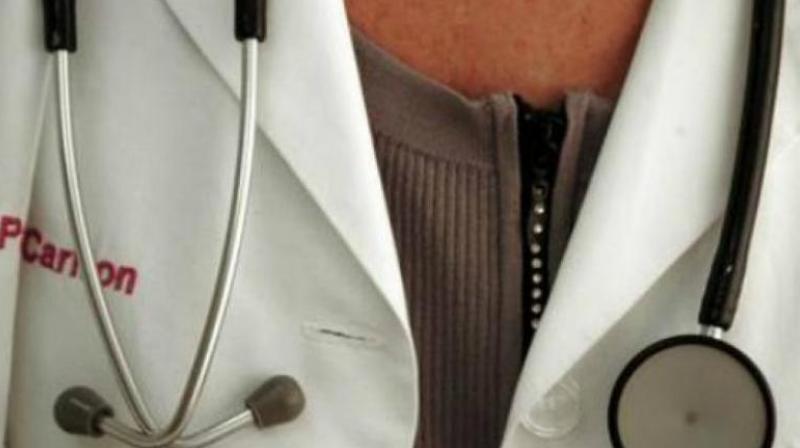Hyderabad: Hospitals mint money, and how

Hyderabad: Hospitals are making good profits out of seasonal diseases like viral fever, dengue and chikungunia. Occupancy has been 100 per cent, with even the general medicine department showing a profit from July to September. Hospital beds are, in fact, still full ten days into October.
Traditionally, general medicine is a hospital’s least profitable department but 2019 bucked the trend. It has not only met targets but also shown 100 per cent occupancy in city hospitals big and small.
“Seasonal diseases have led to a rush of patients not seen in the city,” said a senior administration official of a private hospital.
“Panic and fear of dengue led to admissions. Five per cent of critical cases require ventilator support and aggressive management. The flipside is that full occupancy in the general medicine department has become the number one contributor to net profit.”
Tertiary hospitals have netted profits ranging from Rs three to Rs six crore in the last three months, sources said. Profit is calculated after deducting tax, interest and costs.
“In critical cases, hospitals do not make money as the cost of overheads in medical devices, equipment, ventilators and medicines, is high,” said another officer.
“But the other 95 per cent of cases were manageable. But the virus’s aggression and fear made it important to opt for caution.”
Treatment charges are based on room charges (general, single, double, and suites). This model is followed for orthopedic, neurology, nephrology, cardiology and transplant patients.
The season gave a window to hospitals to use the same model for seasonal diseases.
Those treated in the general ward for dengue paid `32,000 per patient, while those in suites paid `70,000 per patient for the same treatment.
An angry Yusuf Dhinojwala, whose 75-year-old uncle was treated for dengue, says: “How can the treatment differ? Why are such exorbitant prices being charged by private hospitals?”
With government regulations not in place and no system to check, it is the patients who are paying through the nose. Their grievances can only be recorded in consumer forums and most are unwilling to take legal action as it is equally expensive.
“At the periphery each doctor is charging `1,000 per day for prescription of medicine and IV fluids for high-grade fevers,” another senior health worker said.
“Home-based treatment costs between `5,000 to `10,000. Patients had no choice.”

